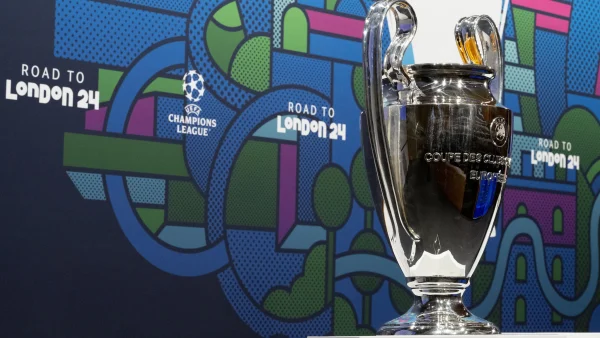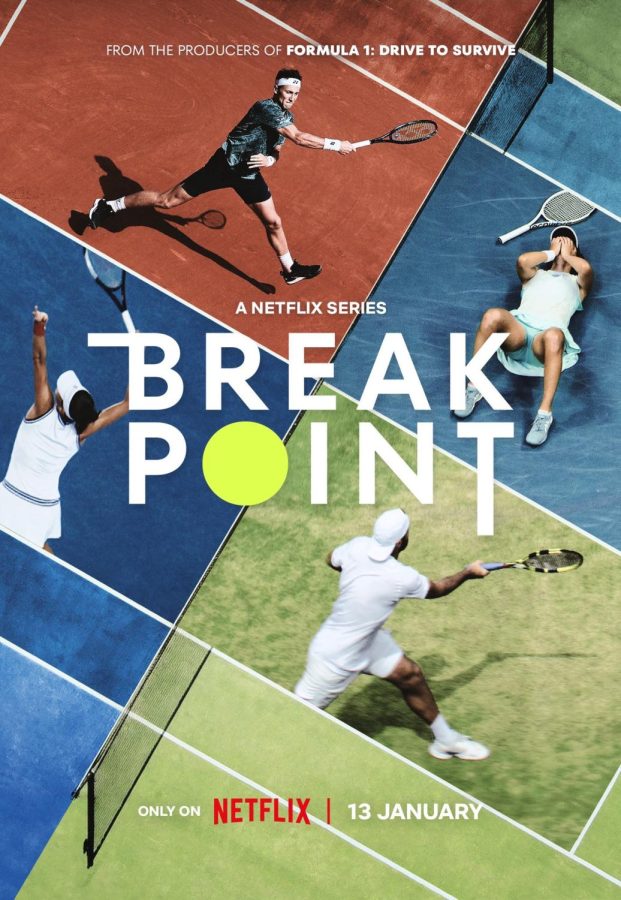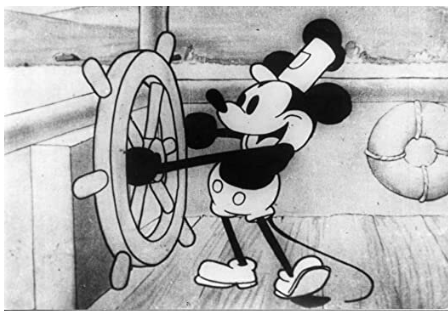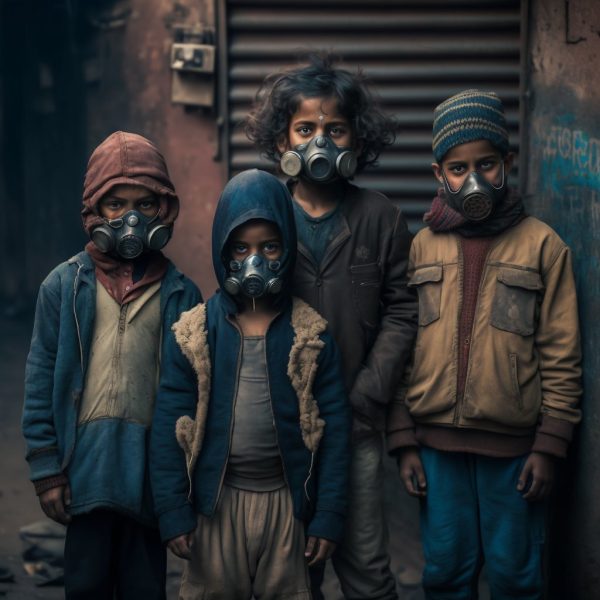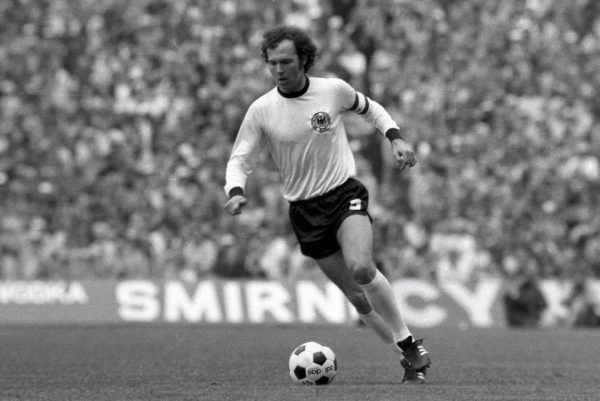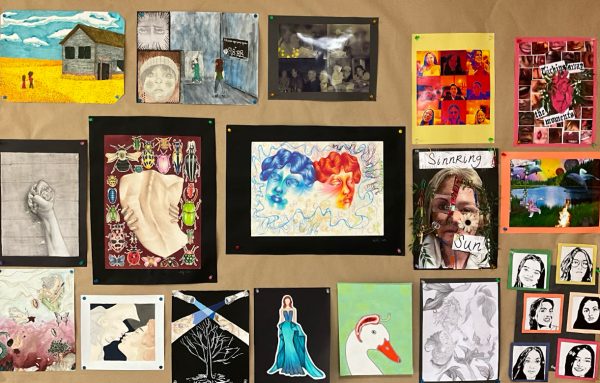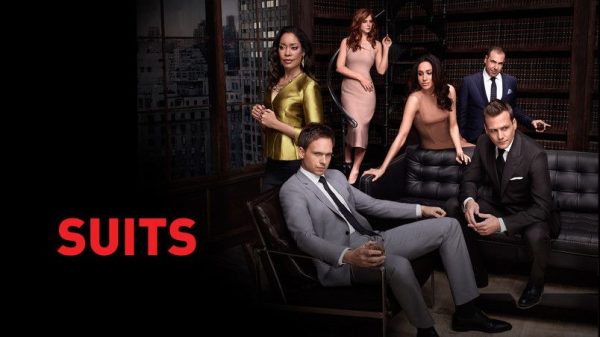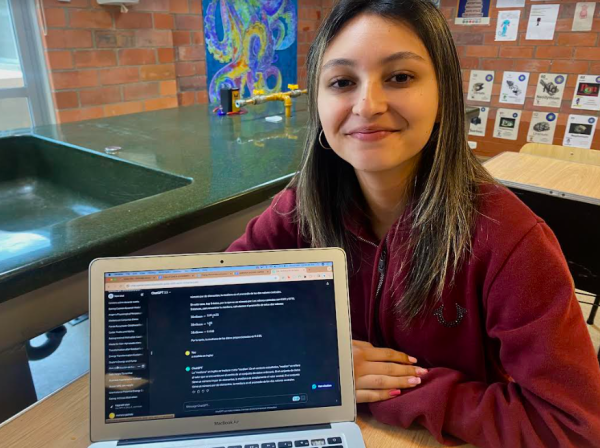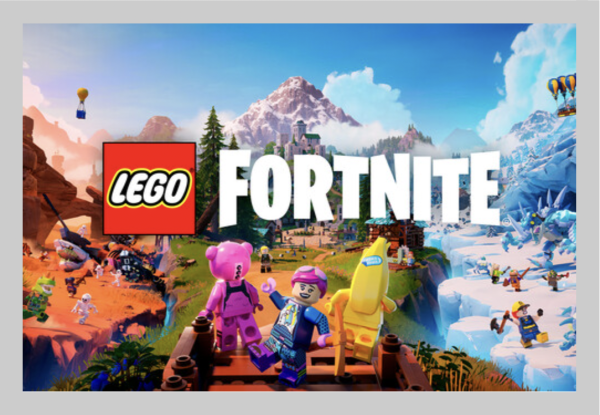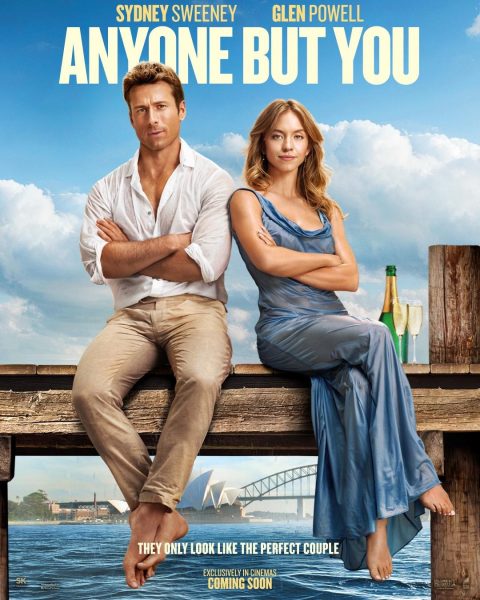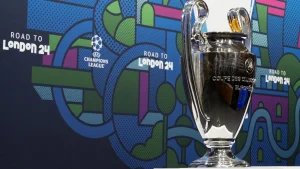Not a tennis fan? Point Break is hard to follow
Break Point is a new tennis Netflix Docu-series released in January 2023 that does a good job of balancing contradictory urges, showing people living through high-stakes single-elimination tennis tournaments both as athletes and as people who must find ways to kill the downtime. For the former and the filmmakers have the fortune of producing television about a sport that is relatively simple to make dramatic; with carefully placed shots, each player is depicted as potentially the next Federer or Williams. And for the latter, subjects appear to be picked based on their readiness to allow access as well as their capacity to ignore the presence of cameras. One player’s outrage and irritation over missing out on practice time due to light rain is remembered not as diva-like bad behavior but rather as an expression of complete helplessness in the face of their situation.
Australian favorite Nick Kyrgios opens up the first episode of Break Point, who fans and the show’s creators may have anticipated would provide “good copy” without fail. Followed him as he trains for the 2022 Australian Open, the first of the four grand slam tennis tournaments, and wondering whether his big serve will outperform his opponents or whether his big mouth will outperform him. Getting to know his manager and best buddy Daniel “Horse” Horsfall as well as his self-described tennis ignoramus Costeen Hatzi, to whom he appears surgically linked off the court. Additionally, we can see how he performed in the men’s singles competition, which tennis fans are likely already familiar with. Not only is Nick Kygrios followed in his tennis process to important events but all featured tennis stars such as: Paula Badosa, Maria Sakkari, Taylor Fritz, Ohn Jabeur and Mateo Berettini are.
Taking with new 10-part documentary series, which looks to do for tennis what Formula 1: Drive to Survive did for motor racing: make people who didn’t know and cared about the sport just that it comes, in fact, from the same production company, Box to Box Films. To achieve that you need access, you need fresh characters, you need juicy storylines and every so often you need a win
However, Break Point’s presentation of the sport does not help it at all. The fundamentals of how games and sets operate are described twice in the span of five minutes, and there is hardly any discussion of tactics or skill. This gives the impression that the show is selling to non-tennis fans. Scores pop up throughout matches, but they sometimes mean nothing since the idea of holding and breaking serves has been deemed too complicated to explain.
We encounter many young, attractive athletes, including Matteo Berrettini of Italy, Ons Jabeur of Tunisia, Taylor Fritz of the US, and Maria Sakkari of Greece. All of them allow cameras to follow them off and on the court. The fact that the young male players defeated the senior Rafael Nadal of Spain is repeatedly praised as an accomplishment makes you wish that this were a documentary about him instead.
There is a point in Break Point that takes a more personal turn and focuses on the players’ personal lives. It explores their relationships with their families, their wives, and their children, and the sacrifices they have had to make in order to pursue their tennis careers. The players show off their cultures by inviting the filming team to their homes to dine in. Tunisian player Ons Jabeur took the film crew to her family home in Tunisia, and introduced her family. Her mom even cooked a traditional Tunisian meal for the film crew food before Jabeur shared her roots as a tennis player.
Drive to Survive is one of Netflix most popular shows because it has the ability to create captivating season-long narratives that conclude in a satisfying and enthralling manner. However, Break Point seems to lack this same quality entirely. The series lacks a cohesive narrative, with its episodes feeling self-contained and a little repetitive showing each player’s life on and off the court.
Overall, Break Point does a great job on balancing the games and the ragged, shabby hours that these athletes spend in hotel rooms on laptops, hampered once more by their doubts and insecurities. It makes a compelling case for having cameras present to record what happens when thoughts are present, and it persuaded one former serious follower who hasn’t had time for the sport since Sharapova’s prime to sit in at this year’s grand slams. That’s game, set, and match for the filmmakers who are working on this.

